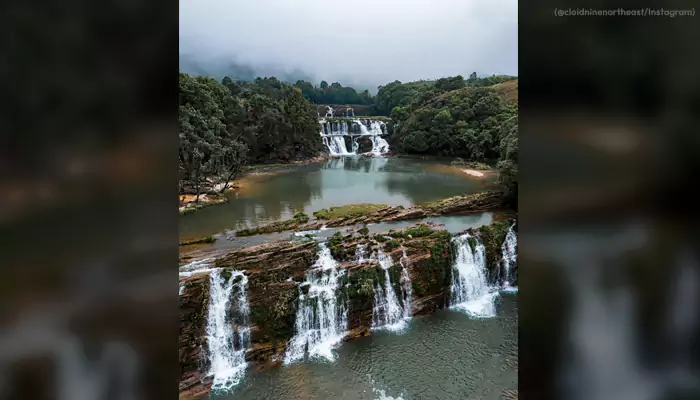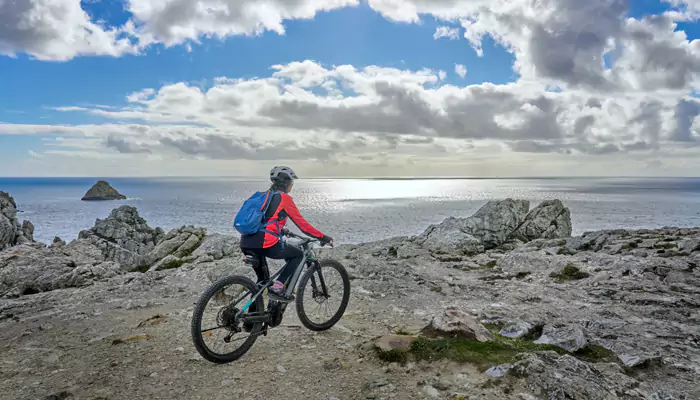
The country’s famous diverse wildlife alongside tranquil lakes and waterfalls make it a must see for wildlife lovers
Nestled in the heart of Southern Africa, Zimbabwe is a land of stunning landscapes, vibrant wildlife, and rich cultural heritage. Known for its dramatic scenery, Zimbabwe offers a diverse range of natural attractions that captivate visitors from around the world. From the thunderous roar of Victoria Falls to the serene beauty of its national parks, Zimbabwe is a paradise for nature lovers and adventure seekers alike.
Zimbabwe's natural attractions are not only diverse but also relatively unspoiled, offering visitors a chance to experience Africa's wild beauty in its purest form. The country's commitment to conservation and sustainable tourism ensures that its natural heritage is preserved for future generations. Whether you're looking for thrilling adventures, serene landscapes, or rich cultural experiences, Zimbabwe has something for everyone.
Victoria Falls
Victoria Falls is one of the largest and most spectacular waterfalls in the world. Located on the Zambezi River, which forms the border between Zimbabwe and Zambia, the falls are a breathtaking sight to behold. The sheer power of the water crashing down creates a mist that can be seen from miles away. Visitors can go for helicopter rides for a bird's eye view, walking tours, and even white-water rafting for the thrill-seekers.
Hwange National Park
As Zimbabwe's largest national park, Hwange is a haven for wildlife enthusiasts. The park is home to one of the biggest elephant populations in Africa, along with lions, leopards, cheetahs, and over 400 bird species. Hwange offers excellent game viewing opportunities, with various safari options available, from guided tours to self-drive safaris. The park's diverse habitats, including woodlands, savannas, and wetlands is quite unparalleled.
Matobo National Park
Matobo National Park, also known as Matopos, is renowned for its unique rock formations and ancient rock art. The balancing rocks and granite kopjes create a surreal and dramatic landscape. The park is also a significant cultural site, with numerous San rock paintings that date back thousands of years. Additionally, Matobo is a UNESCO World Heritage Site and offers visitors the chance to see white and black rhinos, making it a great spot for both history buffs and wildlife enthusiasts.
Mana Pools National Park
Mana Pools, a UNESCO World Heritage Site, is situated in the lower Zambezi Valley. Known for its floodplains, riverine forests, and broad vistas, the park is a prime location for walking safaris and canoeing adventures. Mana Pools is teeming with wildlife, including hippos, crocodiles, and a variety of antelope species. The park's name, "Mana," means "four" in the local Shona language, referring to the four large pools formed by the Zambezi River.

Lake Kariba
Lake Kariba is one of the world's largest man-made lakes and a popular destination for fishing, boating, and houseboat cruises. The lake's tranquil waters are perfect for relaxation, while the surrounding Matusadona National Park offers excellent game viewing opportunities. The sunsets over Lake Kariba are particularly breathtaking, painting the sky in hues of orange and pink.
Gonarezhou National Park
Located in the southeastern part of Zimbabwe, Gonarezhou National Park is part of the Great Limpopo Transfrontier Park, which spans Zimbabwe, Mozambique, and South Africa. The park is less frequented by tourists, providing a more secluded and untouched wilderness experience. Gonarezhou, meaning "Place of Elephants," is known for its large elephant herds and striking red sandstone cliffs known as the Chilojo Cliffs.
Nyanga National Park
Nestled in the Eastern Highlands, Nyanga National Park is a land of rolling hills, lush forests, and cascading waterfalls. The park is home to Zimbabwe's highest peak, Mount Nyangani, and the stunning Mutarazi Falls, which are among the highest waterfalls in Africa. Nyanga offers a cooler climate and a variety of activities such as hiking, fishing, and bird watching, making it an ideal destination for outdoor enthusiasts.
Honourable mention: Harare
While not a natural attraction in the traditional sense, Harare, the capital city of Zimbabwe, offers a unique blend of urban and natural experiences. The city is home to several parks and gardens, such as the National Botanic Gardens and the Mukuvisi Woodlands, where visitors can enjoy the beauty of Zimbabwe's flora and fauna within an urban setting. Harare's vibrant arts and culture scene, combined with its pleasant climate, makes it a great starting point for exploring the rest of Zimbabwe’s beauty.








.webp)



